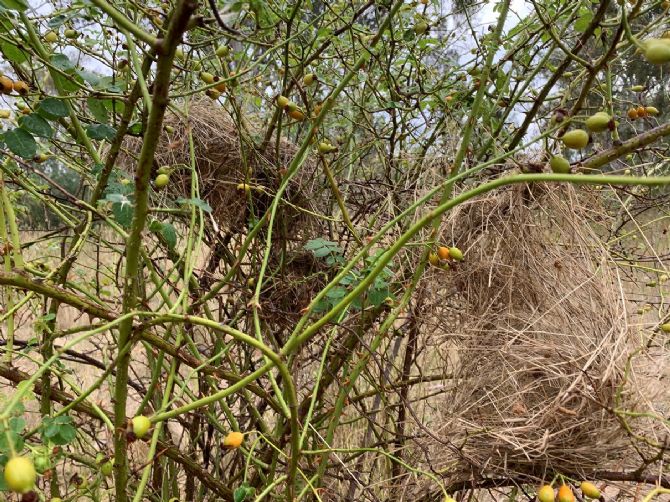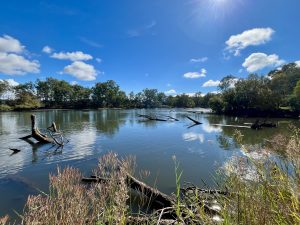These days most people are aware of the cascade of environmental issues caused by invasive plants displacing natives. Plants like European blackberry are quite capable of reducing areas of rich biodiversity to a monotonous monoculture in very short order.
The need for human intervention to retain the richness and variety of our Australian bush is obvious, and this is in fact the job that takes up much of the time of Parklands Rangers throughout the year.
But getting back to biodiversity when invasive species have already established is a delicate path to walk. In some cases native animals like birds or possums will be making use of the invasive plants, no matter how inferior they are as habitat. Removing them all at once may also mean depriving these animals of their opportunity to shelter and nest in the area.
Providing alternative native habitat is vital, and as that will always take time, sometime transition habitat may be needed in the meantime.
This is why Parklands Rangers assess each site before treating invasive species. Are there established native plants nearby for birds and animals to use? In some cases it may be best to plant replacement native species well before treatment, so that they will provide that vital habitat when it is needed. In other cases, some individual plants might be retained for longer to provide transition habitat, or dead canes left standing to provide shelter while native plants recover.
Of course the best treatment for invasive plants is prevention; making sure we are not planting invasive species in our gardens, removing ‘parent’ invasives from the landscape before they spread; treating young plants as soon as they appear; keeping native bush intact.
A good local resource on invasive plants is available on the Baranduda Landcare website here.






